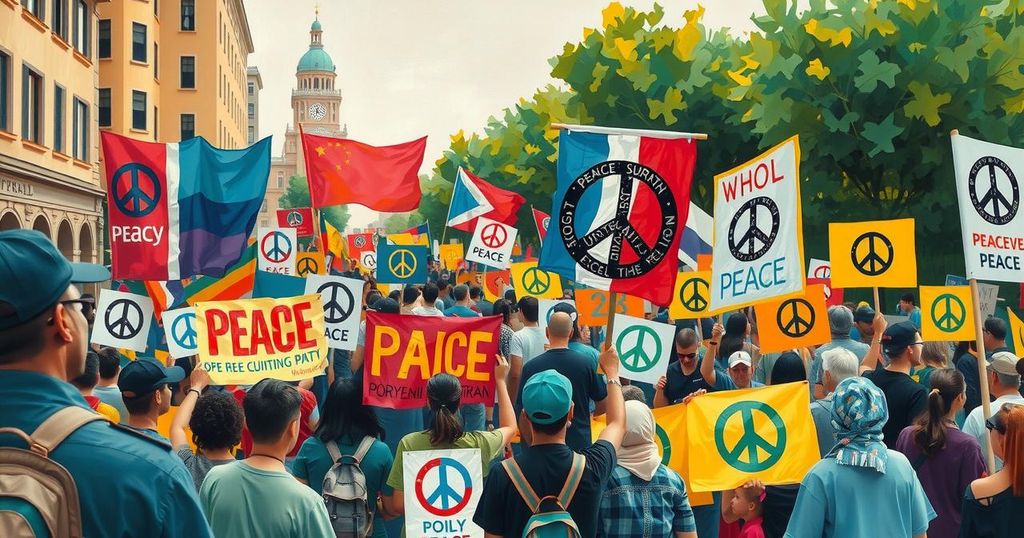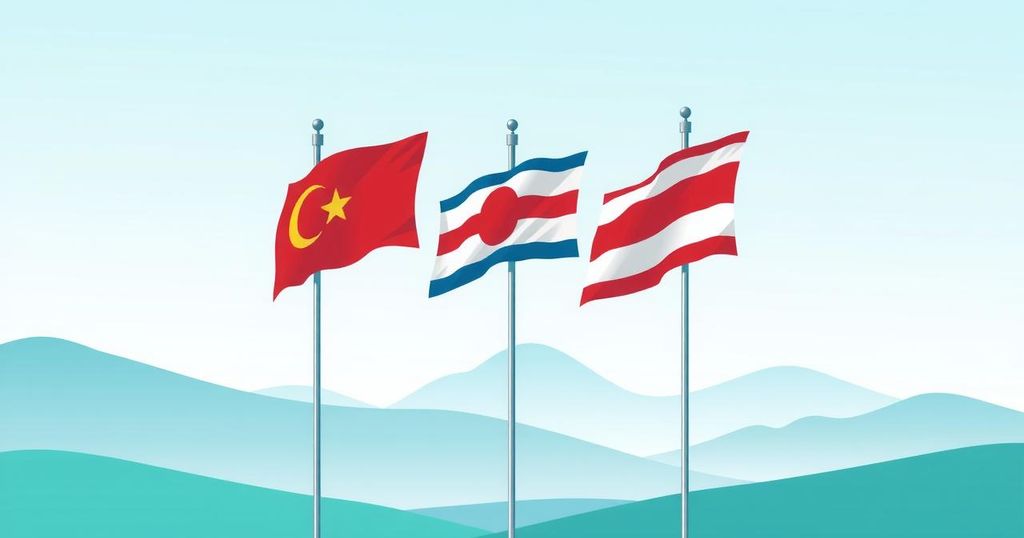Thousands of Gazans are protesting against Hamas, signaling hope for change in the region. The uprising suggests a potential shift in the Israel-Gaza conflict, as citizens seek to reclaim their agency. Media often misrepresents the situation, complicating perceptions of the uprising’s importance. Israel’s support is crucial in uniting efforts against terrorism and fostering a peaceful coexistence for the future.
Recent developments in Gaza have sparked a hopeful response as thousands of residents have taken to the streets to demand the removal of Hamas. This protest movement signals a potential shift in the longstanding conflict, as citizens seek to reclaim their agency and resist a regime perceived as oppressive. Despite the ominous backdrop of renewed Israeli military action, Gazans recognize that Hamas is responsible for their plight, heightening the urgency of their protests.
The urgency of this uprising could be overshadowed by media narratives that tend to favor Hamas’s propaganda. Many outlets propagate a false narrative blaming Israel for being the aggressor in the conflict, despite substantial evidence to the contrary. Such misrepresentation complicates the global perception of the situation and undermines the voices of Gazans advocating for change.
A viral social media meme has encapsulated this disconnect, illustrating the stark contrasts between anti-Israel activists and actual Hamas terrorists. The meme highlights a troubling but candid exchange, emphasizing the complexity and harsh realities faced by innocent citizens in Gaza. The recent demonstrations indicate a critical juncture where Gazans are stepping forward to assert their rights and reshape their future.
While Hamas has proposed a ceasefire, the motivation likely stems from the need to suppress this public dissent rather than a genuine desire for peace. The potential relocation of Gaza’s population remains unlikely, making the continuation of the uprising pivotal for meaningful change. Acknowledging that many individuals in Gaza may hold radical views, it becomes clear that transformation must originate from within the community.
However, the risks associated with protesting against a terrorist regime are substantial. Those who have chosen to voice their opposition face life-threatening repercussions. It is imperative that the international community shows solidarity with these brave individuals to affirm that their pursuit of a better future is valid and morally justified.
Israel has a crucial role in bolstering the uprising in Gaza. By demonstrating support for the movement, Israel can redefine its intentions and communicate that its ultimate aim is to dismantle terrorism rather than to eliminate neighbors. A united front within Israel is necessary, but partisan divisions create obstacles in fostering this support for the Gazan citizenry.
Citizens of Israel, recognizing the significance of this uprising, should embrace the opportunity to unify and support their counterparts in Gaza. As stated by released hostage Omer Shem Tov, internal discord only strengthens Hamas, and a collective effort can contribute to the defeat of the terrorist regime. This movement offers the potential for Israel to emerge as a beacon of hope, guiding the path toward coexistence.
The recent uprising in Gaza presents a unique opportunity for the local population to reclaim control from Hamas. This movement can foster hope for significant change amid conflict, as the citizens themselves are positioned to alter the toxic culture. Israel’s support for the protests is essential in demonstrating commitment to peace and stability in the region. By embracing this uprising, both Israel and Gaza could pave the way for a future founded on coexistence, marking a critical turning point in the ongoing conflict.
Original Source: www.jpost.com




